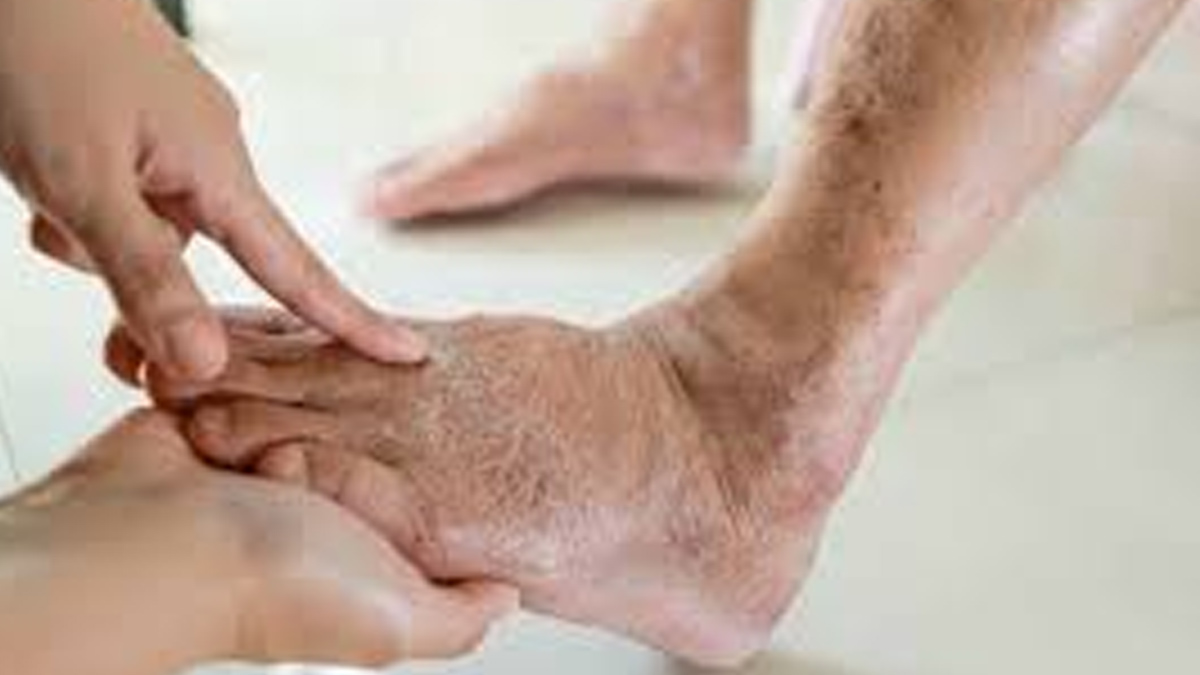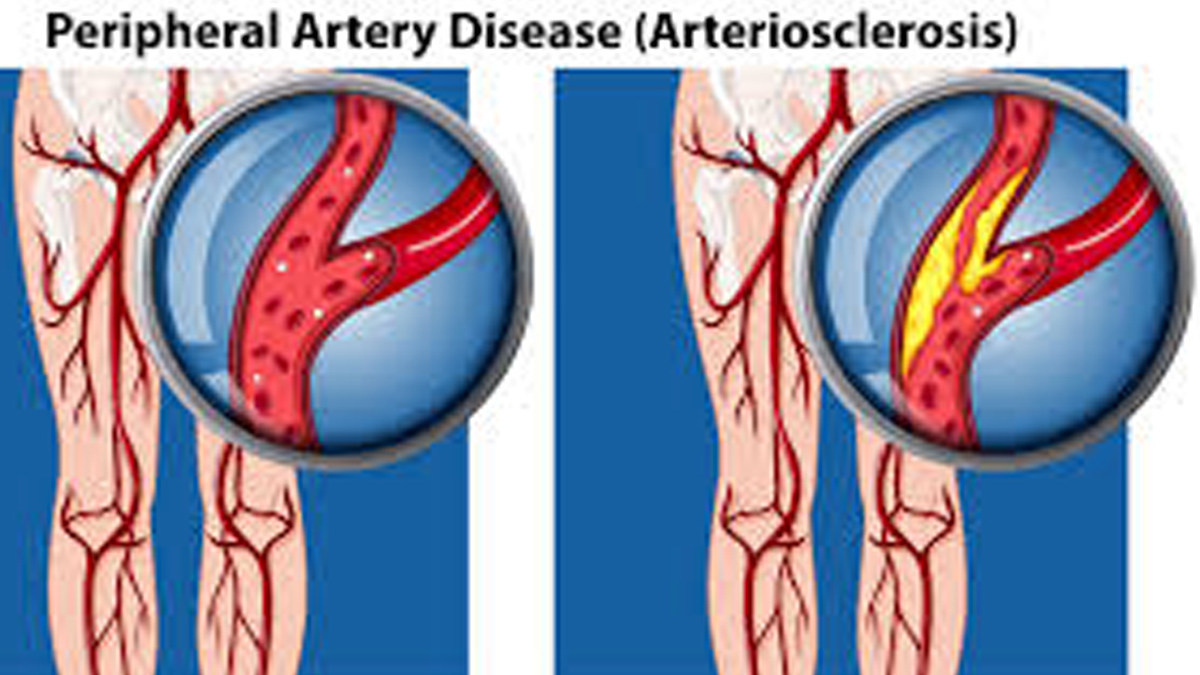
Cold hands during winter are often shrugged off as a seasonal inconvenience, but when your hands remain unusually cold regardless of temperature, it could signal an underlying health issue. Medical experts warn that persistently cold hands might be a sign of a silent but severe heart condition—Peripheral Artery Disease (PAD)—linked to high cholesterol levels.
Table of Content:-
Understanding Peripheral Artery Disease (PAD)
Peripheral Artery Disease occurs when plaque builds up inside the arteries, narrowing them and restricting blood flow. Plaque, a combination of fat, cholesterol, and other substances, hardens the arteries, causing poor circulation. Over time, this narrowing becomes severe enough to affect the extremities, especially the hands and feet.
While PAD develops gradually, the condition can accelerate depending on the location of the plaque buildup and the individual’s overall health.

Symptoms That Shouldn’t Be Ignored
The initial symptom of PAD often presents as pain, cramping, or discomfort in the hands, legs, or buttocks during physical activity, subsiding with rest. As the condition progresses, more pronounced symptoms may include:
- Burning or aching pain in the hands or toes, especially at night.
- Cool, pale, or discolored skin on the extremities.
- Persistent sores or wounds on the hands or toes that don’t heal.
- Frequent skin or soft tissue infections.
Also Read: Economic Burden Of Breast Cancer In India To Cost Around $14 billion By 2030: Study
For many individuals, PAD remains symptomless until the arteries narrow by 60% or more, making early detection difficult.
Risk Factors Associated with PAD
Several factors increase the likelihood of developing PAD, with tobacco use being the most significant. Studies reveal that smokers are 400% more likely to develop PAD and experience symptoms nearly a decade earlier than non-smokers. Other risk factors include:
- High blood pressure and obesity.
- A family history of cardiovascular disease.
- Kidney disorders or blood clotting conditions.
- Diabetes, which exacerbates circulation problems.

How to Prevent and Manage PAD
Proactive measures are essential to minimize the risks associated with PAD. Doctors recommend the following steps:
- Quit Smoking: Eliminating tobacco use drastically reduces the risk of PAD and its complications.
- Adopt a Heart-Healthy Diet: Lowering cholesterol through diet can prevent plaque buildup. Focus on whole grains, lean proteins, fruits, and vegetables.
- Regular Exercise: Physical activity improves circulation and helps maintain a healthy weight.
- Monitor Blood Pressure and Cholesterol Levels: Routine check-ups can detect early warning signs of PAD.
- Medication and Medical Intervention: In advanced cases, medications to prevent blood clots or surgical procedures may be required to restore proper blood flow.
When to Seek Medical Attention
If you notice persistent coldness in your hands accompanied by pain or color changes, it’s crucial to consult a healthcare professional. A simple blood test and imaging studies can confirm the presence of PAD and guide appropriate treatment.
Bottomline
Cold hands might seem harmless, but they could be a red flag for Peripheral Artery Disease—a condition that not only affects circulation but also significantly heightens the risk of life-threatening heart complications. By recognizing the signs early and adopting preventive measures, you can protect your heart health and overall well-being.
Also watch this video
How we keep this article up to date:
We work with experts and keep a close eye on the latest in health and wellness. Whenever there is a new research or helpful information, we update our articles with accurate and useful advice.
Current Version